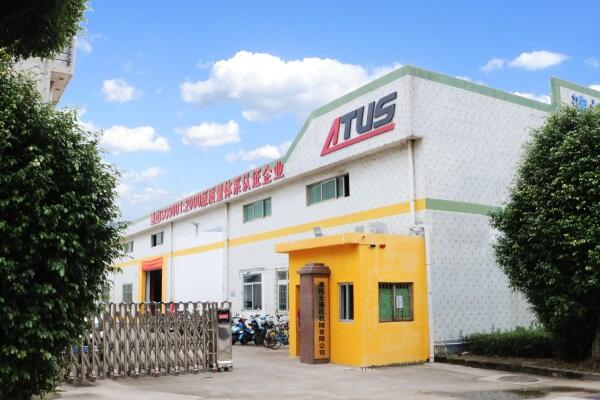Hydraulic gearboxes are to be found in various industries such as construction or oversized machinery and marine applications. Key characteristics associated with them include efficiency, toughness, and multi-functionality. And recent advances in technology have improved their performance and contributed to widening their usages. In this article, we look at these advantages, and also the newest trends in hydraulic gearbox design.
Advantages of Hydraulic Gearboxes
To begin with, hydraulic gearboxes are able to exert high amounts of power while maintaining a compact size and can withstand intense duties such as those performed by cranes, excavators, and industrial presses. Their high torque density enables them to be power dense, small, and light which lessens fuel consumption as well as the wear of engine parts.
Another merit is that they are versatile; they can accommodate future upgrades such as electric actuators which provide more control to address varying needs in operation. In this case, smooth operation can be guaranteed while working at different speeds and loads.
Innovative Trends in Hydraulic Gearbox Technology
Rapid innovations in the industry are defining trends where hydraulic gearbox designs are becoming smaller and lighter without compromising performance. There are also trends where manufacturers are integrating smart technologies where IoT sensors are deployed to monitor systems, perform predictive maintenance, and optimize energy usage which enhances efficiency while reducing downtimes.
There is also a growing emphasis on sustainability whereby businesses have been creating energy-efficient systems so as to reduce fuel consumption and emissions.
ATUS: Leading an Innovation in Hydraulic Gearboxes
ATUS is in the lead of innovation of hydraulic gearbox design. Precision engineering and the use of advanced materials are the company’s competitive advantages. The deployment of IoT sensors and smart control systems directly contributes to the improvement of business processes logistics management, while the focus on energy-efficient and sustainable designs places it in an advantageous position on the market.
Conclusion
Hydraulic gearboxes do not only ease power transmission but also improve system efficiency and flexibility. The continued advancement of materials, intelligent technologies and green designs will mean that these systems will remain critical components in modern industrial machines, enhancing their performance and efficiency in the near future. ATUS is at the forefront of this revolution.
